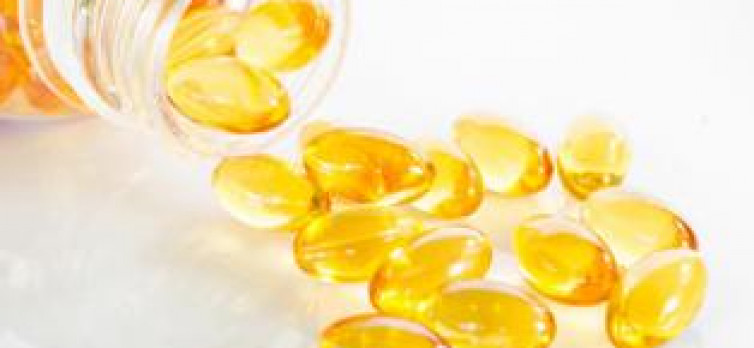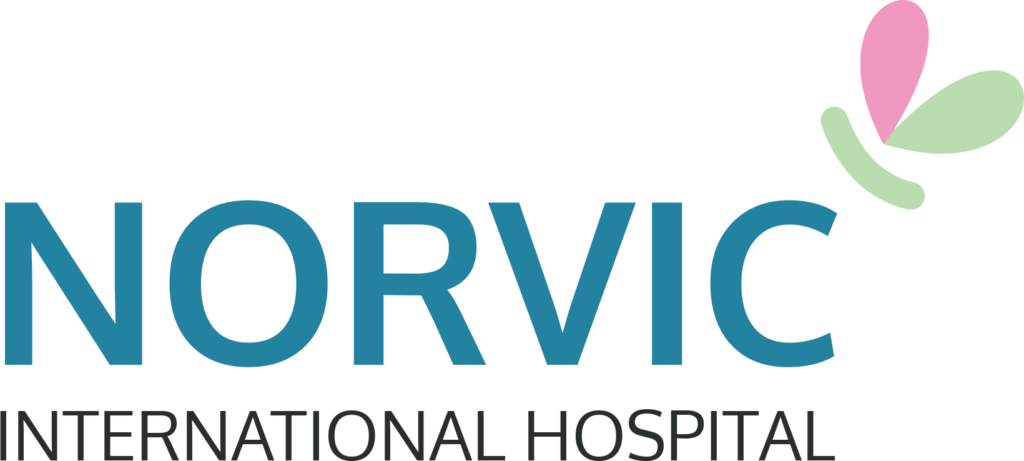Role of Vitamin D supplementation in bone health

Vitamin D is a steroid hormone that primarily acts to increase transcription of vitamin D responsive genes primarily in the small intestine. These genes mediate increased absorption of calcium and phosphorous in the gut. However, there is evidence that other cell types express the vitamin D receptor. Vitamin D plays a role in maintaining normal neuromuscular function and immunity. There is some evidence that vitamin D regulates apoptosis, cell proliferation and inflammation as well.
Who should be screened?
- Elderly
- Home bound patients
- Patients with known or suspected mal absorption
- Patients with osteoporosis or osteopenia
- CKD patients
- Chronic liver disease patients
- Patients with nonspecific musculoskeletal pain
- Obese
Signs & Symptoms of Vitamin D deficiency
- In children severe deficiency causes rickets
- Where as in adults it may present as osteomalacia
Other non-specific symptoms are:
- Weakness of the arms and legs
- Heaviness in the legs
- Chronic musculoskeletal pain
- Fatigue
- Hypersensitivity of the skin
Optimum level of Vitamin D in blood
- Working outdoors in sunny parts of the world have 50-70ng/ml
- Deficient when levels drop below 15ng/ml (Some consider 20ng/ml to be the cut off)
Average Vitamin D intakes
- Males from 204 to 288 IU/day
- Females the range from 144 to 276 IU/day
- For women aged 51–70 years, mean intake of vitamin D 404 IU/day
Doses of Vitamin D
The Vitamin D council suggests taking 5,000 IU per day for three months, then get vitamin D test. We need to adjust dosage so that blood levels are between 50–80 ng/mL (or 125–200 nmol/L) year-round. For older, obese, dark skinned or people who get very little sunshine, 2000IU may be the appropriate dose. American Academy of Pediatrics recommends 400IU starting soon after birth and continuing through childhood and adolescence.
Dietary supplements for Vitamin D
- Fat-free or low-fat milk and milk products, and oils.
- Milk is fortified with vitamin D, as are many ready-to-eat cereals and some brands of yogurt and orange juice
- Cheese naturally contains small amounts of vitamin D
- Includes a variety of protein foods, including seafood, lean meats and poultry, eggs, legumes (beans and peas), nuts, seeds, and soy products
- Fatty fish such as salmon, tuna, and mackerel are very good sources of vitamin D. Small amounts of vitamin D are also found in beef liver and egg yolks.
- Limits saturated and trans fats, added sugars, and sodium.
- Vitamin D is added to some margarine.
Some Facts on Vitamin D deficiency
- Silent epidemic
- Present in approximately 30% to 50% of the general population
- More prevalent in elderly, women of child bearing age and infants
- Often unrecognized by clinicians
- May contribute to development of osteoporosis which results in increased risk of fractures
-Dr. Pravin Nepal
(Consultant Orthopedic Surgeon)


